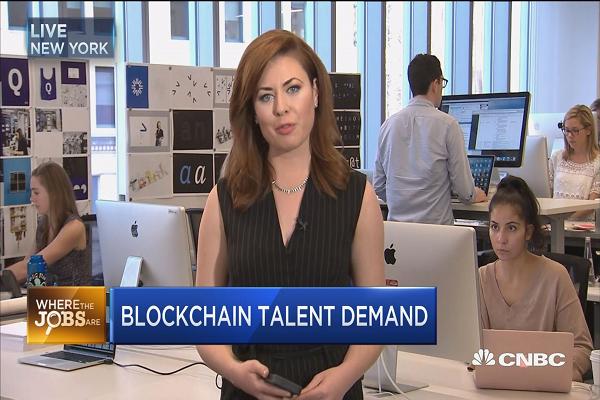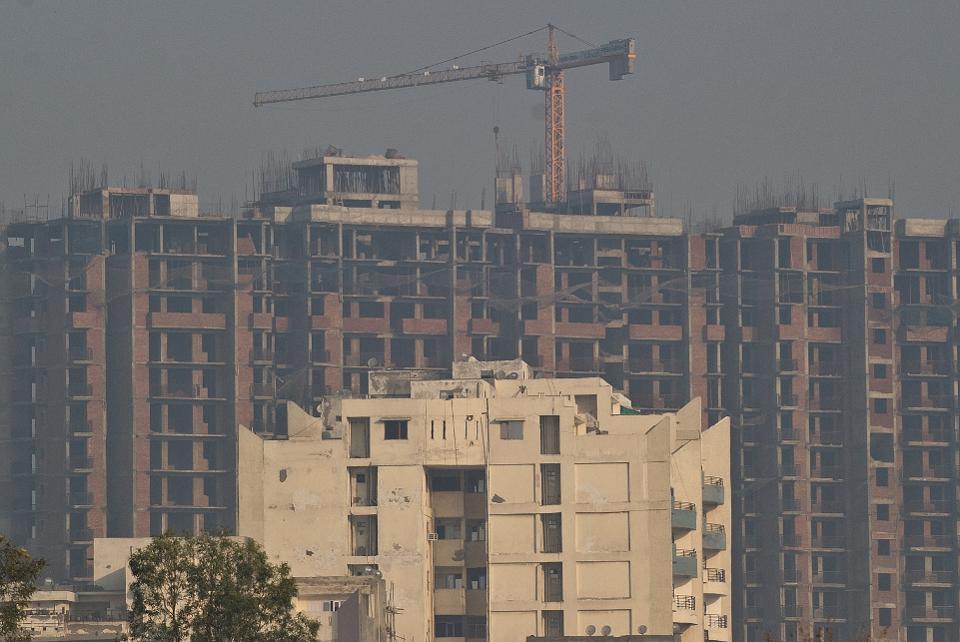Saudi Arabia has endorsed the principle with the announcement of the $500 billion mega-city of Neom
DUBAI: Anybody who has attended one of the global gatherings of the World Economic Forum (WEF) in the past couple of years will have heard of the Fourth Industrial Revolution.
It is the WEF’s next “big idea,” and personally endorsed by its chairman and founder Klaus Schwab, who published the definitive book on what WEF calls “4IR” last year. He called it the “fusion of technologies that is blurring the lines between the physical, digital and biological spheres,” which is set to “fundamentally alter the way we live, work and relate to each other.” It all amounts to a “transformation unlike anything mankind has experienced before,” he said.
The concept has won buy-in across the world, but especially in the Arabian Gulf. Dubai was an early adopter, where the notion of 4IR coincided with its own “smart city” aspirations; Saudi Arabia has endorsed the principle with the announcement of the $500 billion mega-city of Neom, where artificial intelligence (AI) will rule and where robots will outnumber humans; Bahrain has also been increasingly involved with the WEF in giving another Gulf aspect to the idea.
But the WEF has chosen San Francisco in California as the global headquarters of its 4IR project, and appointed Murat Sonmez as the man in charge of it. A native of Istanbul, Turkey, but with a deep background in Silicon Valley — where many of the technologies behind 4IR are being developed — Sonmez leads a team of 31 people in partnership with 18 blue-chip corporate backers to study, assess and chart the progress of the 4IR.
“The 4IR hub in San Francisco is an accelerator and an accentuator, because now we have to focus more on how to accomplish it in a positive way. Because of the complexity of the issues involved, and the fact that things are moving so fast, no single country can figure it (out) all on its own,” he said recently when I caught up with him at a gathering of the WEF Global Futures Councils in Dubai, UAE.
In an attempt to explain the complexity and interconnectivity of the various elements of 4IR, Sonmez pulled out a piece of WEF notepaper and began to draw. In a series of vertical and horizontal boxes, he wrote items like “drones, autonomous vehicles, environment and robots,” then cross-referenced them to “cross-border data flows, AI, Internet of Things,” and underlying the whole construct — blockchain.
I felt a little more enlightened, but wondered whether blockchain technology the digital transactions recording system that seems to figure in most conversations about business and finance these days was really up to the job of supporting the whole 4IR edifice.
“Blockchain is still to be proven, but I have witnessed the creation of the World Wide Web, and blockchain has the potential to be more important than the World Wide Web. Of course, it can also be used by people with bad intentions, but it is the potential foundation for the whole of the 4IR,” he said.
Source/More: Blockchain can be more important than the Web, says 4IR chief | ZAWYA MENA Edition















